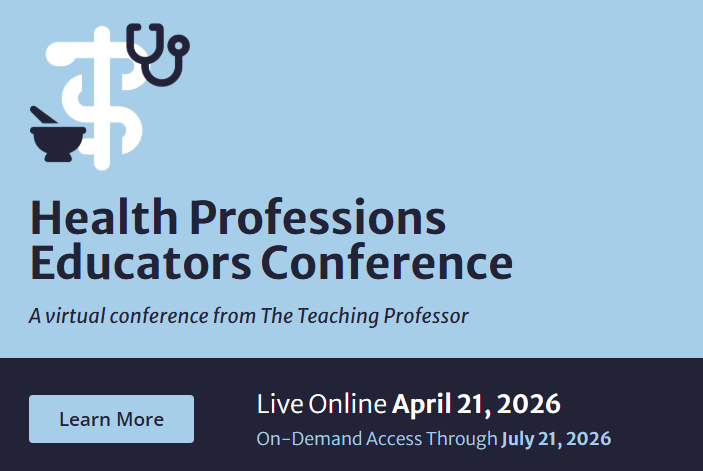Helping Students Memorize: Tips from Cognitive Science
Most teaching professionals are heavily invested in the idea that learning isn’t about being able to regurgitate facts on an exam. We also worry, and with good reason, that emphasizing rote learning steals time and effort away from the deeper thinking that we want students


